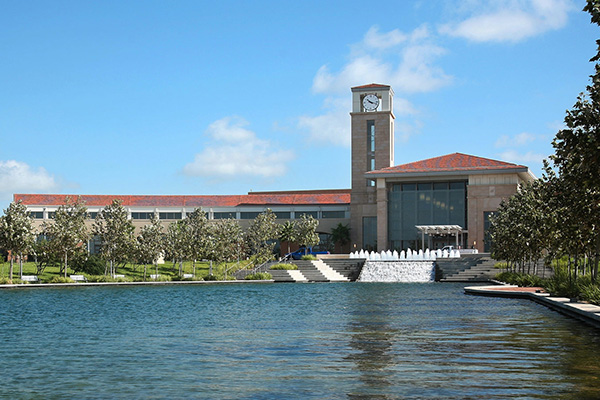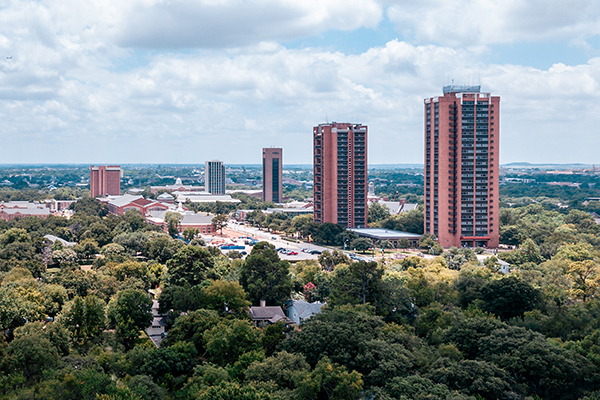McAllen Economic Development Corporation (TX) – Innovate McAllen Economic Development Strategic Plan
Challenge McAllen has long been an economic development leader in the Rio Grande Valley. The community has leveraged the combined strengths of northern Mexico and south Texas, driving both population and economic growth. The McAllen Economic Development Corporation’s (MEDC) effective and sustained domestic and international marketing efforts have resulted in […]









